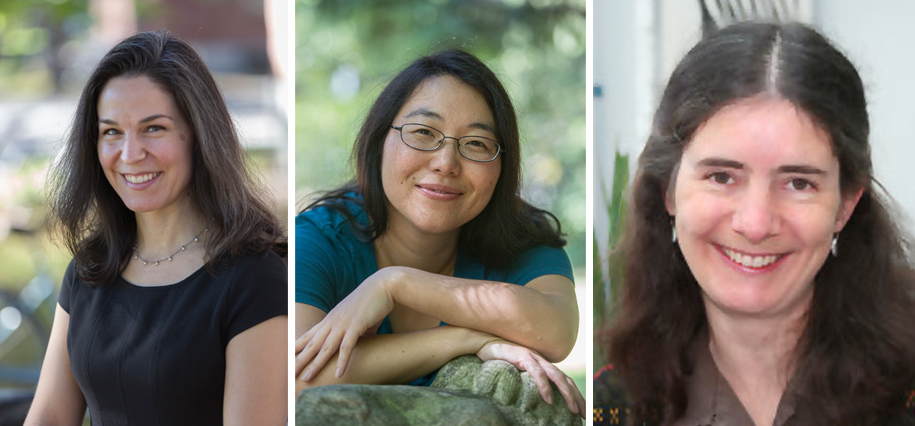Bowdoin Profs, Students Use 3D Printers to Advance Their Work
By Rebecca GoldfineIn the chemistry department, Assistant Professor Soren Eustis uses his 3D printer to make both sophisticated tools that would normally cost tens of thousands of dollars, as well as everyday items like test tube racks. Eustis’s lab investigates sunlight-driven degradation mechanisms of non-steroidal anti-inflammatory drugs—such as ibuprofen and naproxen—in natural waters.
Eustis pointed out that while the 3D printer has certainly been helpful to his research, and has reduced his costs, he sees the printers as especially beneficial to labs with smaller budgets, including ones in developing countries.
Associate Professor of Biology and Neuroscience Hadley Horch and her student Dennis Zambrano ’17 worked with Bowdoin’s IT department this summer to make a seemingly simple mold that became “indispensable,” to their research, according to Horch.
After Zambrano and Horch figured out the exact—and very small—dimensions of the mold, they asked Bowdoin’s IT department to print out a small, square piece of plastic lined with many small indentations that could be used to stamp agarose, a soft gel. After this material dried, Zambrano was able to place one-hour-old cricket eggs in the small wells. With the eggs nestled in place, he injected them with double-stranded RNA, which disables the production of semaphorins, a protein the helps guide neurons.
Horch’s lab focuses on compensatory growth in cricket auditory systems, which involves the rearrangement of neurons to specific locations after the ear has been injured. This response is believed to be mediated by molecules like semaphorins.
Jason Pelletier, who is in charge of client services for Bowdoin’s IT department, said, “There are an unlimited number of applications. The sky’s the limit.”
Bowdoin’s Academic Technology & Consulting team is charged with actively helping any faculty who want to incorporate 3D printers into their teaching or scholarship. David Israel, senior producer for academic new media, is currently working with the Visual Arts Department to help students create and print variations on biological shapes. He’s also assisting Earth and Oceanographic Studies, developing adjustable smartphone mounts for microscopes, and he’s helping the Computer Science department print 3D renderings of Jackson Pollock painting gestures that Bowdoin students have algorithmically formulated.



